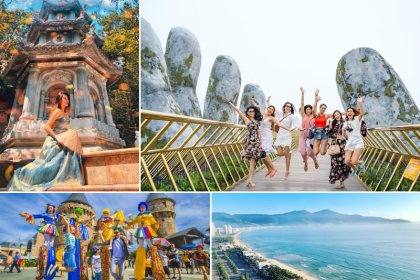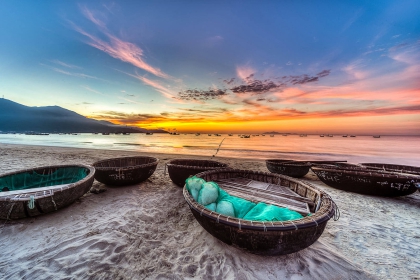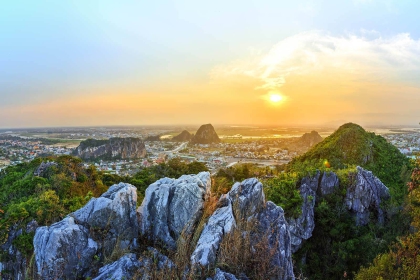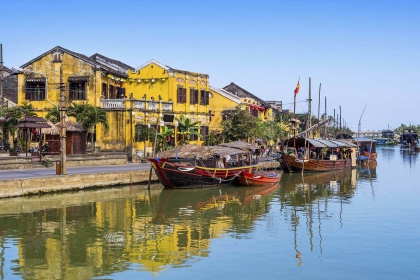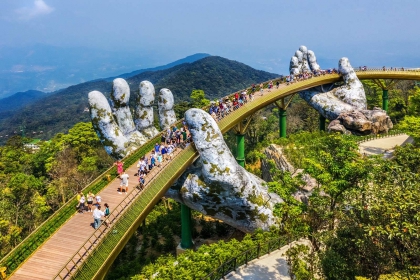Tenbaji Temple
introduce
Thien Mu Temple is located on the banks of the Xiangjiang River in the western suburbs of Hue City. It is a famous ancient temple in Vietnam, also known as Linh Mu Temple, with a history of nearly 400 years. It was built in 1601 AD, the second year of Hongding in the Li Dynasty , and was built by Ruan Huang, the second son of Ruan Gan, the founder of the Ruan family. Thien Mu Pagoda is probably the most famous temple in Hue City, with ancient architectural features, sacredness and legends that contain many mysterious historical stories.
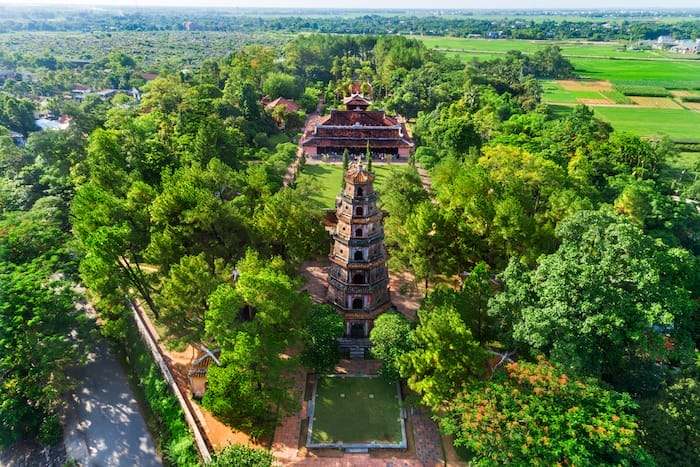
Featured attractions
Entering the middle gate, there are stone steps and flower terraces, with bell and drum towers on both sides. The plaque on the bell tower has been forgotten. At the main entrance, I saw a seven-story, octagonal, 21- meter-high Fuyuan Pagoda with a Buddha enshrined on each floor. The tower faces the Xiangjiang River, which is a landmark building here and a check-in point that cannot be missed.
The mountain gate is in the northeast corner of the temple. It has three roof trusses and is very majestic. There is a vertical plaque on it. Entering the mountain gate, you will find a spacious courtyard with towering ancient cypresses, a gentle breeze, and the ever-present clanking of iron rods, which makes people feel like they have entered a cool realm.
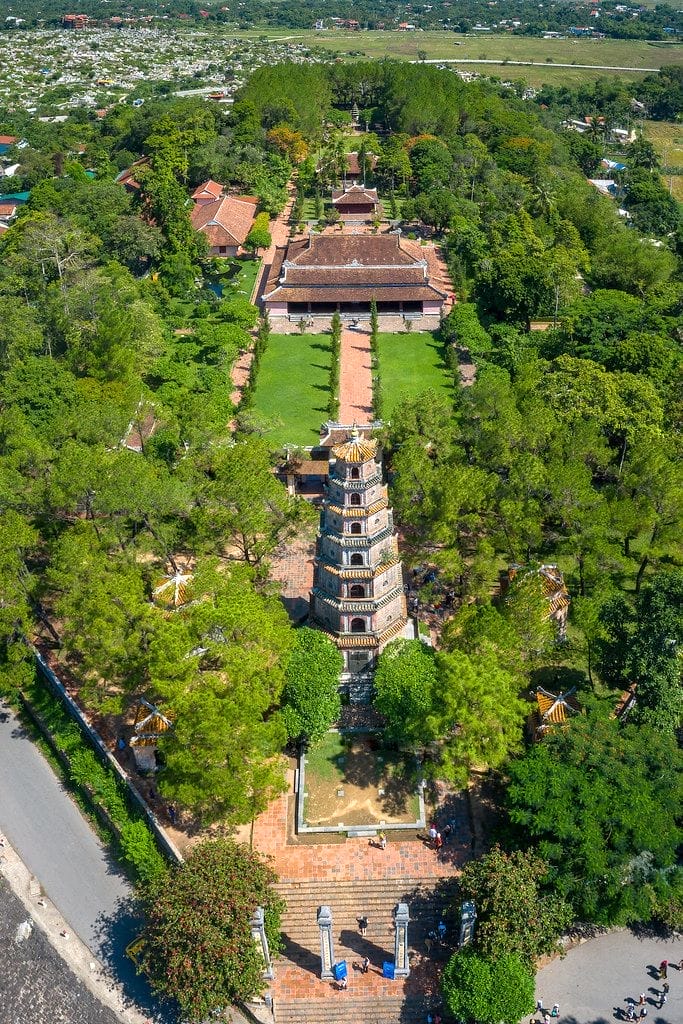
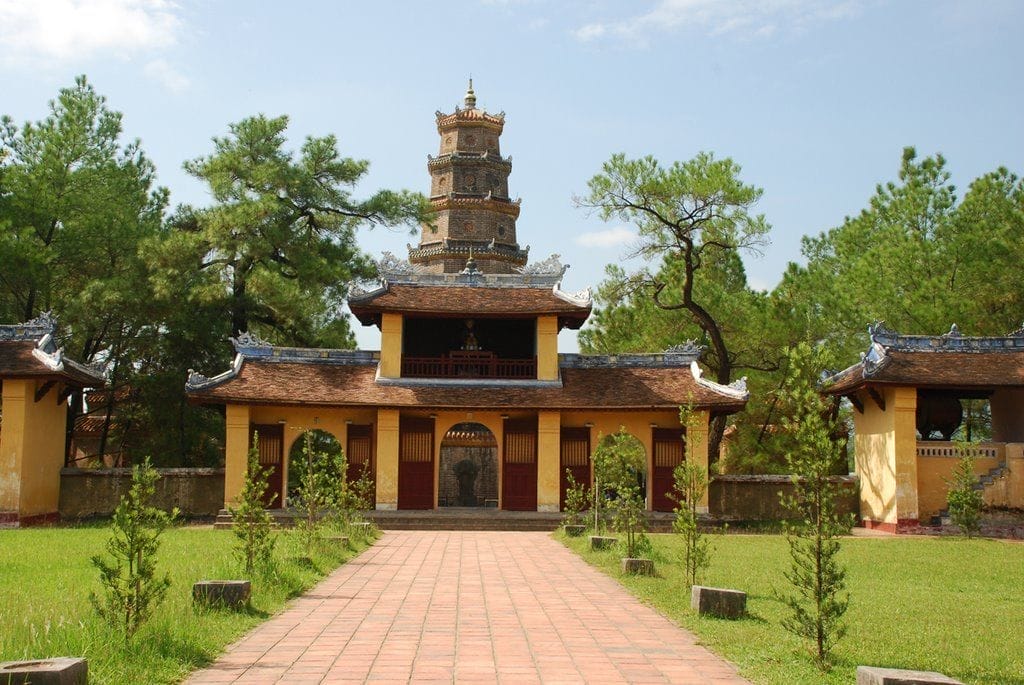
Located in the main hall of Tianmu Temple is the Main Hall. The pagoda houses a gilded Laughing Buddha and three delicate and beautiful Buddha statues. Outside the pagoda, there are six statues of patron saints guarding the pagoda. In particular, the land deep inside the Daeungjeon Hall is the burial place of the pagoda’s abbot, Shakton Hyo.
Shi Guangde is the famous abbot of this temple. He devoted his life to the development of Buddhism in Vietnam. There is a blue antique car placed in the temple. In 1953 , Thich Quang Duc, the abbot of Thien Mu Temple, took this car to set himself on fire in Ho Chi Minh City in order to protest against the then government's suppression of Buddhism and restrictions on religious freedom. After his death, people and temple administrators buried the monk under the pagoda at the end of the campus to express their gratitude to the eminent monk.
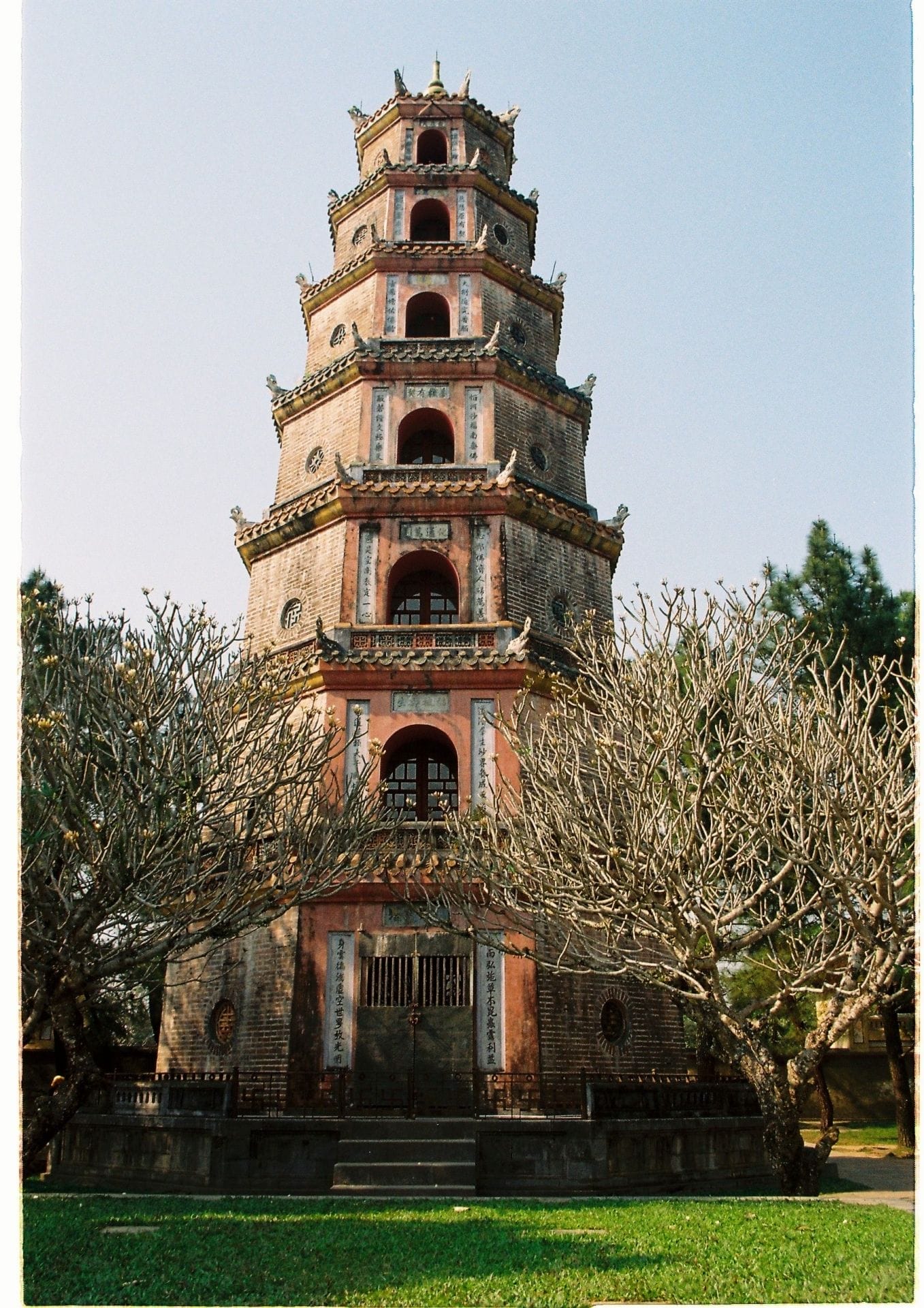
The location is beautiful, adjacent to the romantic Perfume River. Visitors can not only take a boat trip to the Perfume River, but also enjoy the tranquility of Tianmu Pagoda.
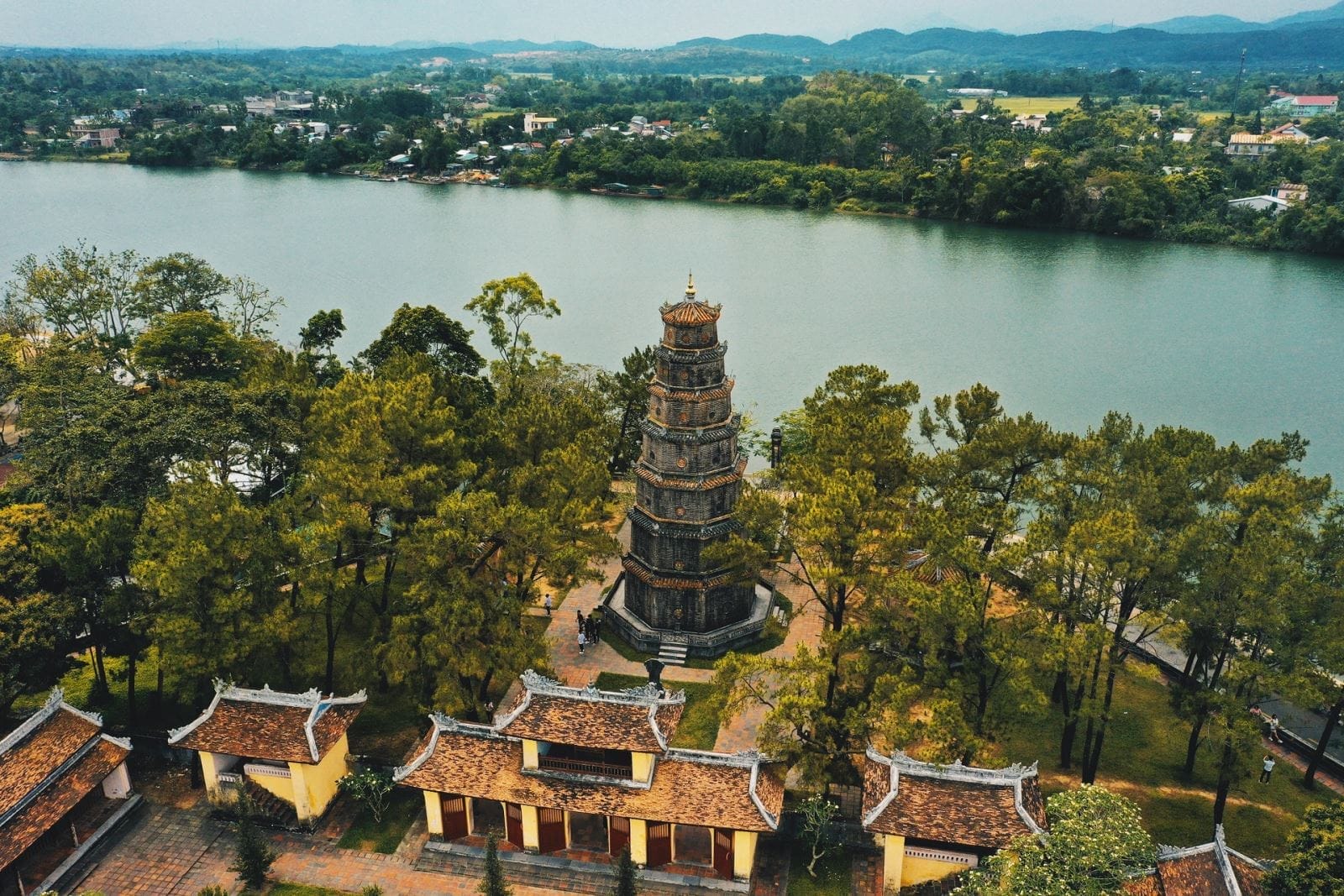
relevant information
Free admission to Tin Mu Temple







